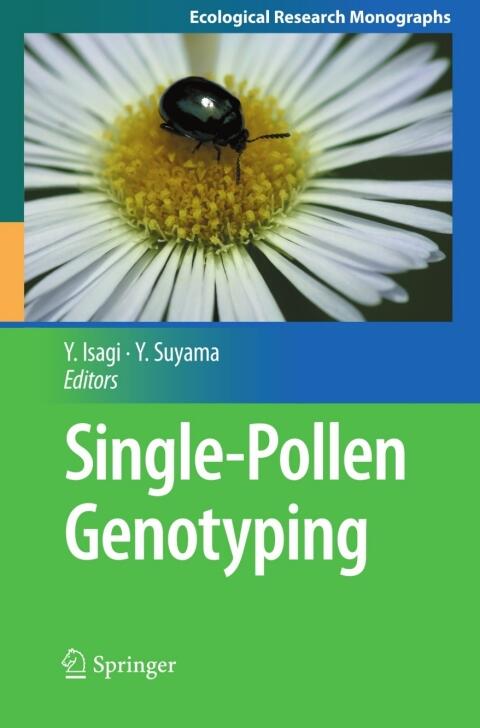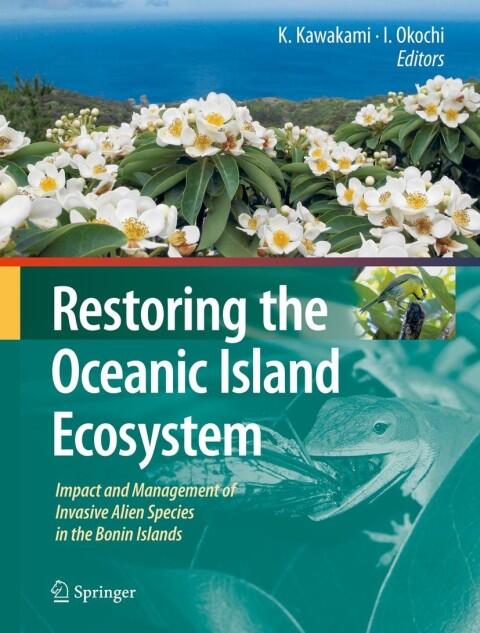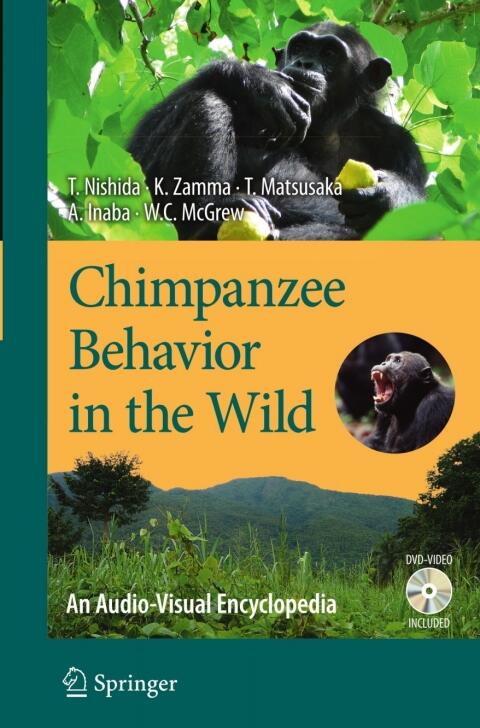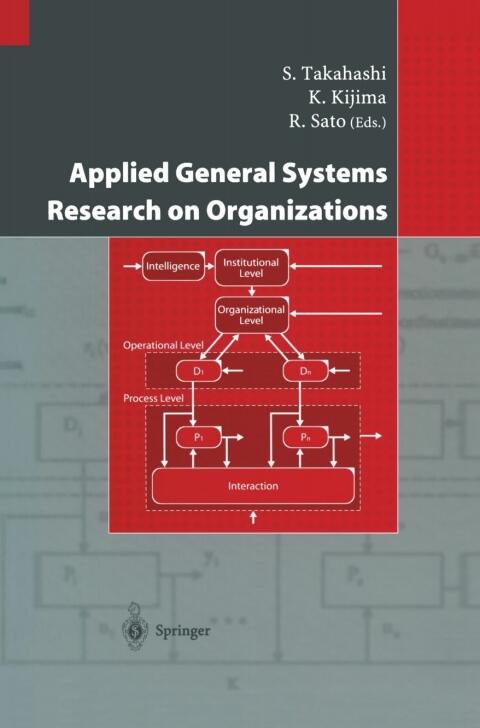
Single-Pollen Genotyping
by
Rob A. C. Bilo; Simon G. F. Robben; Rick R. van Rijn
No ratings yet
Science & Technology
Health & Wellness
Format
Kindle
Pages
138
Language
Japanese
Published
Jan 1, 2010
Publisher
Springer
Edition
2011
ISBN-10
4431539018
ISBN-13
9784431539018
Description
Pollination is an essential process that plays a critical role in plant reproduction and ecosystem dynamics. This monograph delves into the innovative technique of single-pollen genotyping, a method that enhances the understanding of plant-pollinator interactions. By focusing on individual pollen grains, the authors explore how genetic diversity among pollen sources can impact plant reproductive success and overall biodiversity.
Rob A. C. Bilo, Simon G. F. Robben, and Rick R. van Rijn combine their expertise to provide a comprehensive examination of this vital ecological process. They discuss the implications of single-pollen analysis for ecological research, offering insights into how different pollen genotypes can affect plant traits such as fruit and seed formation.
The authors emphasize the significance of meticulous genetic tracking, which allows researchers to unravel complex pollination networks. This detailed approach opens new avenues for studying plant ecology and conservation strategies, highlighting the intricate relationship between plants and their pollinators.
In an era marked by ecological challenges, this work stands out as a vital resource for researchers, conservationists, and ecologists dedicated to preserving our planet's biodiversity through a deeper understanding of pollination dynamics.
Rob A. C. Bilo, Simon G. F. Robben, and Rick R. van Rijn combine their expertise to provide a comprehensive examination of this vital ecological process. They discuss the implications of single-pollen analysis for ecological research, offering insights into how different pollen genotypes can affect plant traits such as fruit and seed formation.
The authors emphasize the significance of meticulous genetic tracking, which allows researchers to unravel complex pollination networks. This detailed approach opens new avenues for studying plant ecology and conservation strategies, highlighting the intricate relationship between plants and their pollinators.
In an era marked by ecological challenges, this work stands out as a vital resource for researchers, conservationists, and ecologists dedicated to preserving our planet's biodiversity through a deeper understanding of pollination dynamics.
Reviews
Reading Log
No reading logs found
Start tracking your reading progress to see logs here
Add Your First Reading LogNotes
Transaction Log
No transaction logs found
Start tracking your book transactions to see logs here
Add Your First Transaction Log


















